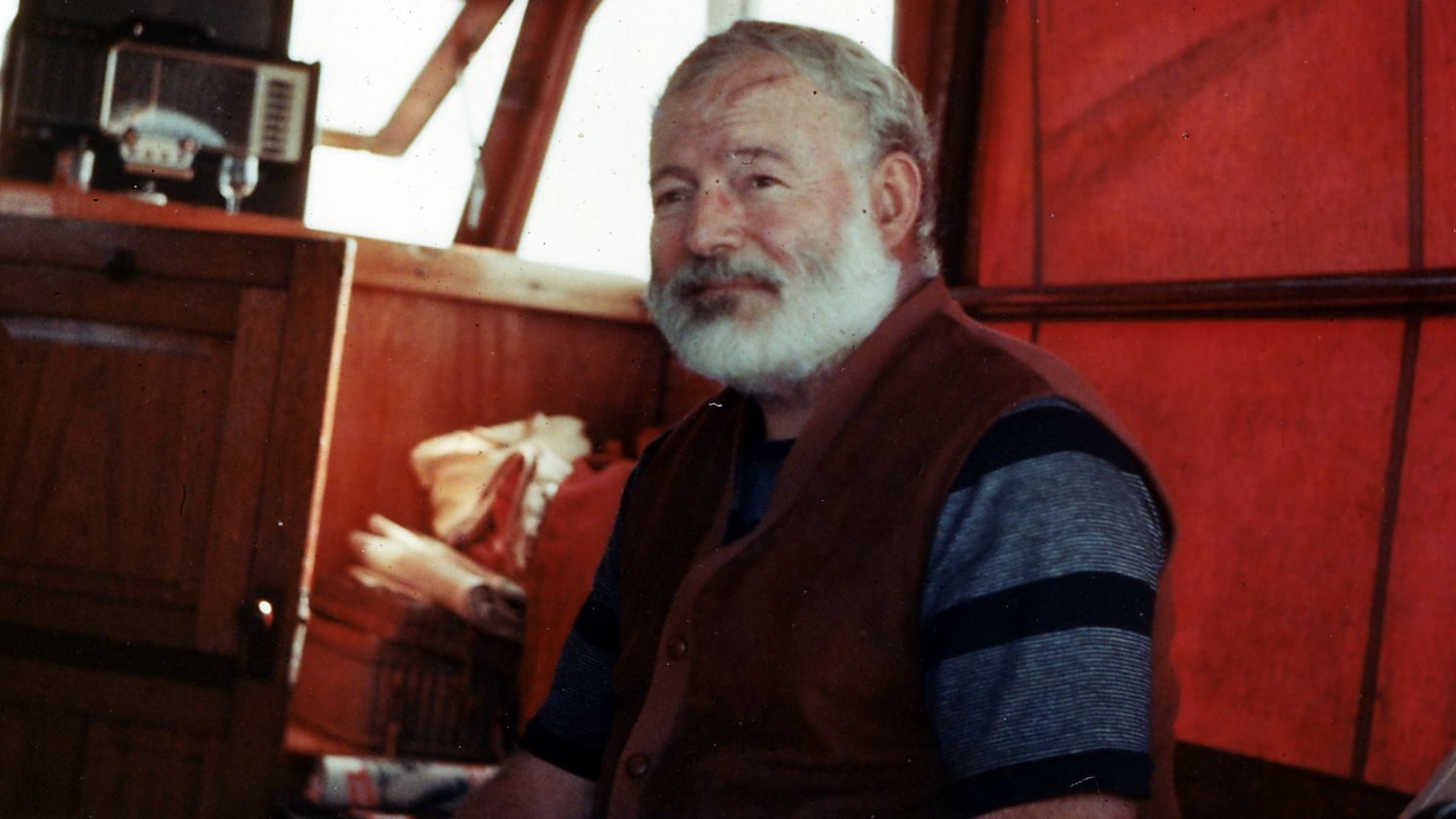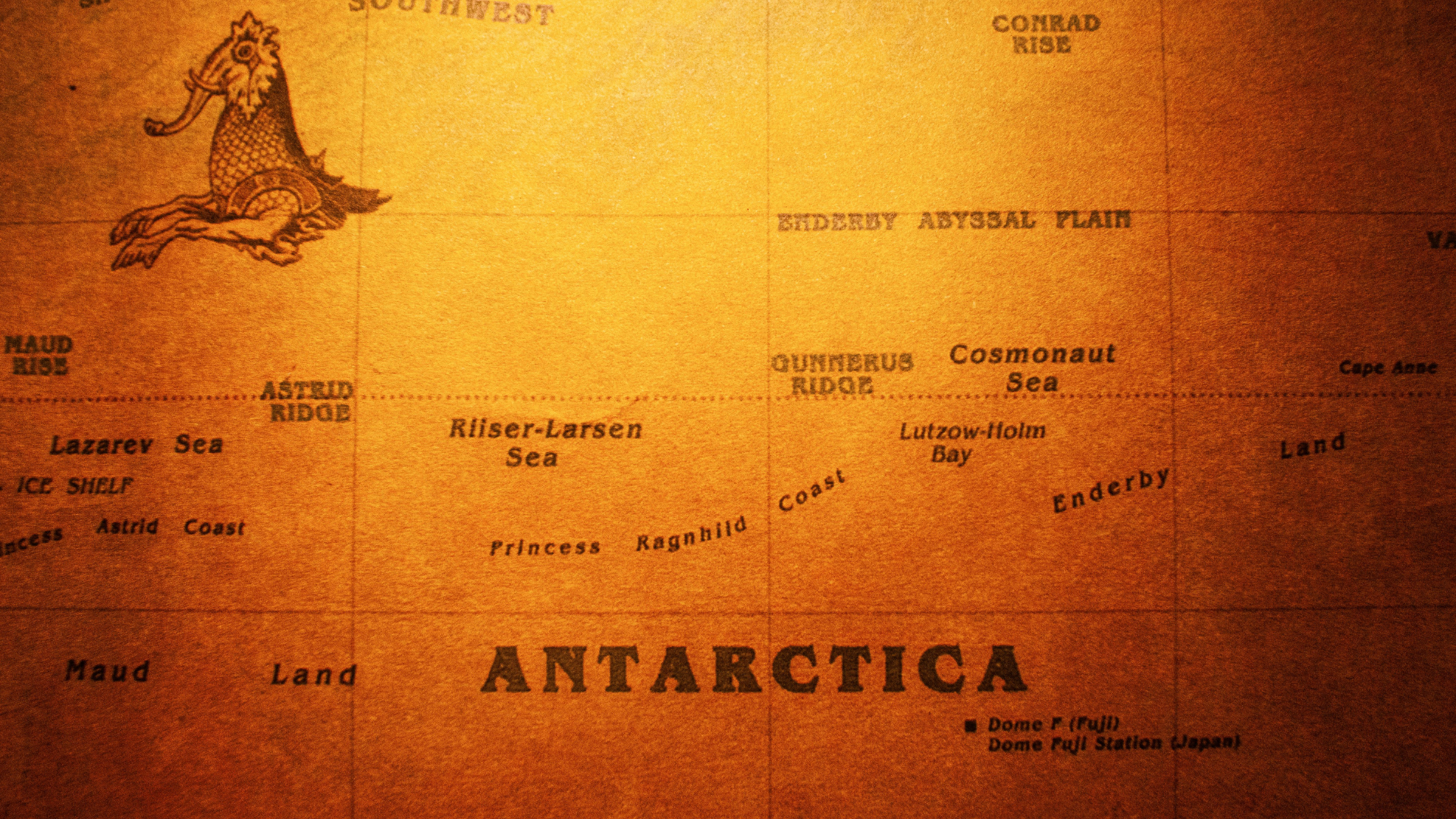Forgotten Athletic Glory
Your great-grandfather might have watched Olympic motorboat racing instead of swimming. The Games used to be a wild mix of traditional athletics and bizarre experiments that somehow made it past the selection committee. Some sports vanished because they were too dangerous, others because nobody showed up to watch. Regardless of why they were abandoned, these 20 sports used to be a major component of the world's largest sporting events. Let's dive in!
1. Tug Of War
Britain absolutely dominated this Olympic sport, collecting more medals than any other nation during its 20-year run from 1900 to 1920. The rules were elegantly simple: pull your opponents until a designated mark on the rope crossed 4 meters past the center line.
2. Croquet
Only one paying spectator showed up to watch the entire croquet competition in the 1900 Paris Olympics. France swept every single medal, but not through superior skill, as they faced no international competition whatsoever. The sport appeared once at the Olympics and vanished forever.
 User de:User:FreeMO on de.wikipedia on Wikimedia
User de:User:FreeMO on de.wikipedia on Wikimedia
3. Motor Boating
Stormy weather and mechanical failures plagued the 1908 London Olympics' motorboat races so severely that barely any competitors managed to finish their courses. Athletes raced their motorboats across treacherous open water, but unreliable early engines turned most races into maritime disasters.
 photographer of IOC on Wikimedia
photographer of IOC on Wikimedia
4. Live Pigeon Shooting
Around 300 birds lost their lives during this controversial event at the 1900 Paris Games. The winner shot 21 pigeons, setting a grim record. This brutal competition holds the distinction of being the only Olympic sport ever banned for animal cruelty concerns.
5. Rope Climbing
George Eyser's 1904 Olympic victory stands as one of sport's most remarkable achievements. He conquered the rope climbing competition in spite of competing with a wooden leg. This gymnastics discipline challenged athletes to scale ropes reaching 25 feet in height.
6. Basque Pelota
What should have been an international showdown between Spain and France turned into a solo performance when the French team mysteriously withdrew from the 1900 Paris Olympics. The sport includes multiple varieties—14 standardized disciplines under four primary modalities.
7. Rackets
British athletes faced zero international competition at the 1908 London Games. They swept every available medal in both singles and doubles divisions. This indoor sport served as the evolutionary ancestor to modern squash, featuring similar court dynamics and strategic gameplay.
 File Upload Bot (Magnus Manske) on Wikimedia
File Upload Bot (Magnus Manske) on Wikimedia
8. Polo
Argentina's dominance in Olympic polo was so complete that it became synonymous with the sport itself during its 36-year Olympic tenure. Teams of four riders battled on horseback from 1900 to 1936, with the final matches taking place at the politically charged Berlin Games.
 Unknown authorUnknown author on Wikimedia
Unknown authorUnknown author on Wikimedia
9. Cricket
Traditional long trousers distinguished cricket players from virtually every other Olympic athlete at the 1900 Paris Games. The two-day match between England and France represented an Olympic rarity as most events would conclude within hours, not across multiple calendar days.
 Unknown authorUnknown author on Wikimedia
Unknown authorUnknown author on Wikimedia
10. Club Swinging
Decorated wooden clubs became the stars of this 1904 St. Louis gymnastics event. Athletes did intricate twirling routines that demanded precise coordination and rhythm. Spectators used to confuse the discipline with simple juggling, missing the technical sophistication required for competitive success.
11. Jeu De Paume
Bare hands replaced rackets in Jeu De Paume. It was an indoor predecessor to modern tennis. The game was very popular in France during the 17th–18th centuries, but declined afterward. It is sometimes referred to as “real tennis” in English-speaking countries.
 Adriaen van de Venne on Wikimedia
Adriaen van de Venne on Wikimedia
12. Long Jump For Horses
Twenty feet marked the winning distance when horses competed in their own version of the long jump. This equestrian activity mirrored human track and field competitions, with horses launching themselves for maximum distance rather than height. Low spectator interest doomed the event immediately.
13. Swimming Obstacle Race
Australian Frederick Lane mastered the art of swimming while simultaneously climbing over boats and ropes. He earned gold in the 1900 Paris Olympics' most adventurous aquatic sport. The race existed for just one Olympics, disappearing before swimmers could develop specialized techniques.
 Unknown photographer on Wikimedia
Unknown photographer on Wikimedia
14. Solo Synchronized Swimming
Critics mercilessly mocked this 1984–1992 activity, joking that "synchronized" swimming done alone was definitionally impossible. Single swimmers crafted elaborate, choreographed routines in water, demonstrating artistic expression alongside athletic skill. The sport eventually evolved into today's team-based artistic swimming events.
15. Standing High Jump
Ray Ewry's childhood battle with polio makes his three gold medals in standing high jump even more remarkable, as he overcame paralysis to become an Olympic champion. Athletes launched themselves vertically from complete stillness and eliminated the running approach that defines modern high jump competitions.
 Topical Press Agency/Getty Images on Wikimedia
Topical Press Agency/Getty Images on Wikimedia
16. One-Handed Weightlifting
Inconsistent judging plagued the inaugural 1896 Olympics when officials couldn't agree on the proper one-handed lifting technique. Athletes demonstrated raw strength by hoisting weights with a single arm. However, the lack of standardized scoring criteria caused chaos in the competition venue.
 Dmitry Klokov one arm 220 lbs) (100 kg) snatch :o by Retroworldnews
Dmitry Klokov one arm 220 lbs) (100 kg) snatch :o by Retroworldnews
17. Deer Shooting (Running Target)
Wooden deer-shaped targets raced across tracks at breakneck speeds while Swedish marksmen consistently claimed Olympic gold in 1908, 1912, and 1920. This shooting discipline tested everyone's ability to hit moving targets. It was a dynamic challenge that mimicked actual hunting scenarios.
18. Plunge For Distance
Sixty-two feet of motionless underwater gliding earned the gold medal at the 1904 St. Louis Olympics, but bored spectators found the event utterly tedious to watch. Athletes dove into the water and then remained completely still. They used only their initial momentum.
 Louis de B. Handley on Wikimedia
Louis de B. Handley on Wikimedia
19. Underwater Swimming
Charles Devendeville's gold-medal performance of swimming 60 meters while completely submerged displayed brilliant breath control and underwater technique at the 1900 Paris Olympics. Judges evaluated both distance covered and time spent beneath the surface. Over time, people grew frustrated watching empty pool surfaces.
 Le Sport universel illustré, et Dalton on Wikimedia
Le Sport universel illustré, et Dalton on Wikimedia
20. Two-Handed Weightlifting
The foundation for modern Olympic weightlifting emerged from this early strength competition held in 1896 and 1904. It established lifting as one of the Games' earliest power sports. Unlike its one-handed counterpart, this event provided more explicit judging criteria.
KEEP ON READING

The 20 Oldest Monuments Found Around the World
Old Stones, Big Stories. Monuments are a strange paradox. They…
By Cameron Dick Aug 25, 2025
Wandering & Directionless: 20 Figures Of The Lost Generation
Lost, But Not Forgotten. In the wake of the First…
By Ashley Bast Aug 25, 2025
The Deadly Race to the South Pole – Amundsen vs…
In 1910, two explorers—Roald Amundsen of Norway and Robert Falcon…
By Noone Aug 25, 2025
Rat Catchers & Gong Farmers: 20 Medieval Jobs You Wouldn't…
Being a Tanner Might Sound Glamorous. People living during the…
By Rob Shapiro Aug 25, 2025
Galileo Teaching At Harvard? 20 Historical Events That Happened in…
Genghis Khan, Samurai, and Crusader Walk Into a Bar. Did…
By Farva Ivkovic Aug 22, 2025
That Time A Guy Found A Lost City In His…
In the 1960s, a man living in central Turkey discovered…
By Robbie Woods Aug 22, 2025










